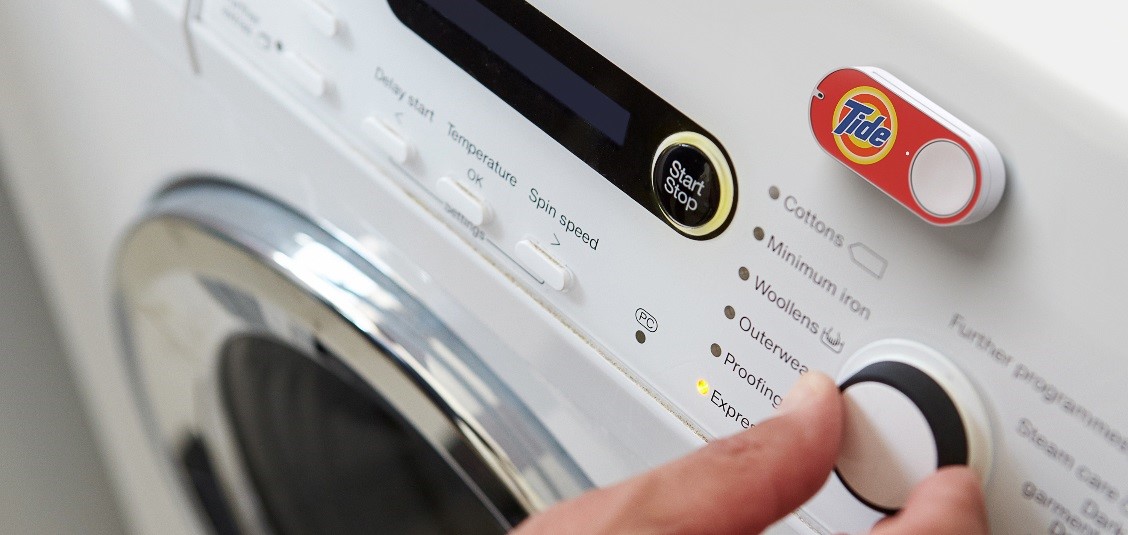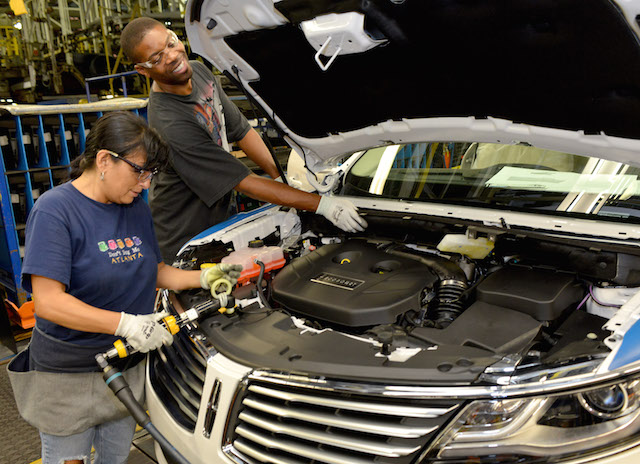Yesterday I had my first piece in Diginomica about the threat Amazon Web Service’s new business analytics service creates for ‘old school’ companies such as Oracle and IBM as well as the up and coming firms such as Qlik and Tableau.
Diginomica’s Dennis Howlett followed that piece with one of his own flagging consulting services and systems integrators are under threat from AWS’s new partnership with consulting firm Accenture which also further puts the screws on IBM.
Today, AWS’s announcements of new Internet of Things services threatens a range of businesses creating data connectors and management software for connected devices.
Historically Amazon has been a fierce and brutal competitor and there’s little indication things will be different with the new web services.
Things could be about to get tough for a lot of sectors in the computer industry as Amazon expands its services and territory.


